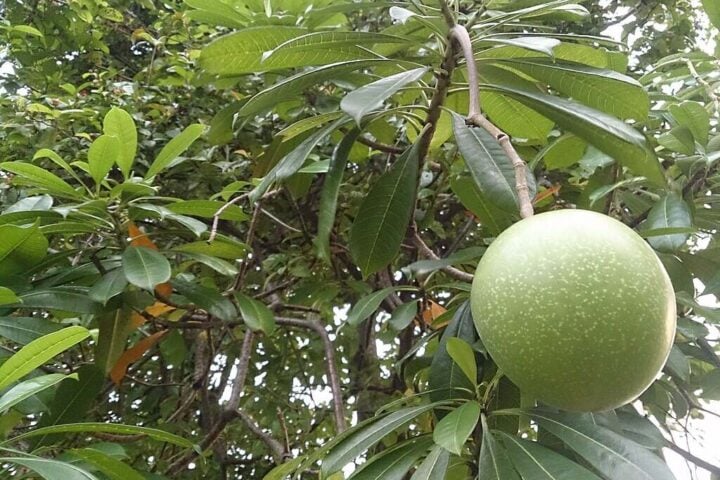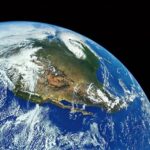In addition to its human consequences, cocaine trafficking damages the environment and threatens important habitats for dozens of migratory bird species in Central America, according to a new study published in Nature Sustainability.
Scientists from four U.S. universities, as well as the U.S. Fish and Wildlife Service, combined measures of various landscape characteristics and concentrations of migratory birds in Central America to highlight the unexpected connection between a widespread social problem like cocaine and biodiversity.
“When drug traffickers are pushed into remote forested areas, they clear land to create landing strips, roads and cattle pastures,” said Amanda Rodewald, senior director of the Center for Avian Population Studies at the Cornell Lab of Ornithology (United States), who adds: “Those activities – and the counterdrug strategies that contribute to them – can deforest landscapes and threaten species.” More than half of the world’s population, belonging to one in five migratory species, inhabits areas that became more attractive for trafficking after the peak of police pressure, measured as the volume of cocaine seized.
For example, 90% of the world population of endangered golden-cheeked warblers in the United States—and 70% of golden-winged warblers and Philadelphia vireos spend the winter in those vulnerable landscapes.
“U.S. drug policy in Central America focuses on the supply side of the equation, and law-enforcement pressure plays a significant role in the movement of trafficking routes and locations of narco-deforestation,” according to Nicholas Magliocca, associate professor at the University of Alabama (United States). Magliocca adds: “After 40 years that approach has not worked. In fact, cocaine trafficking has only expanded and become a worldwide network. It used to be that cocaine was just passing through Central America, but now it’s become a hub of global trans-shipment.”
The largest remaining forests in Central America, disproportionately inhabited by indigenous peoples (known as the Five Great Forests), experience increasing levels of cocaine trafficking.
Similar Posts
The researchers used Magliocca’s previous ethnographic and modeling work and a group of researchers studying land-use and activities by the traffickers as per risk and profit. “Adaptive behavior by the traffickers must be taken into consideration. You have to do more than reactively chase after the drug traffickers, who have nearly unlimited money and power in the region. No question it’s a complex, fluid and dangerous situation,” explained Magliocca.
To reduce trafficking in Central America and better protect migratory birds, Amanda Rodewald recommends implementing measures that strengthen the capacity of local communities and governments to monitor their forests, develop alternative forms of income, and resolve land ownership issues in the region.
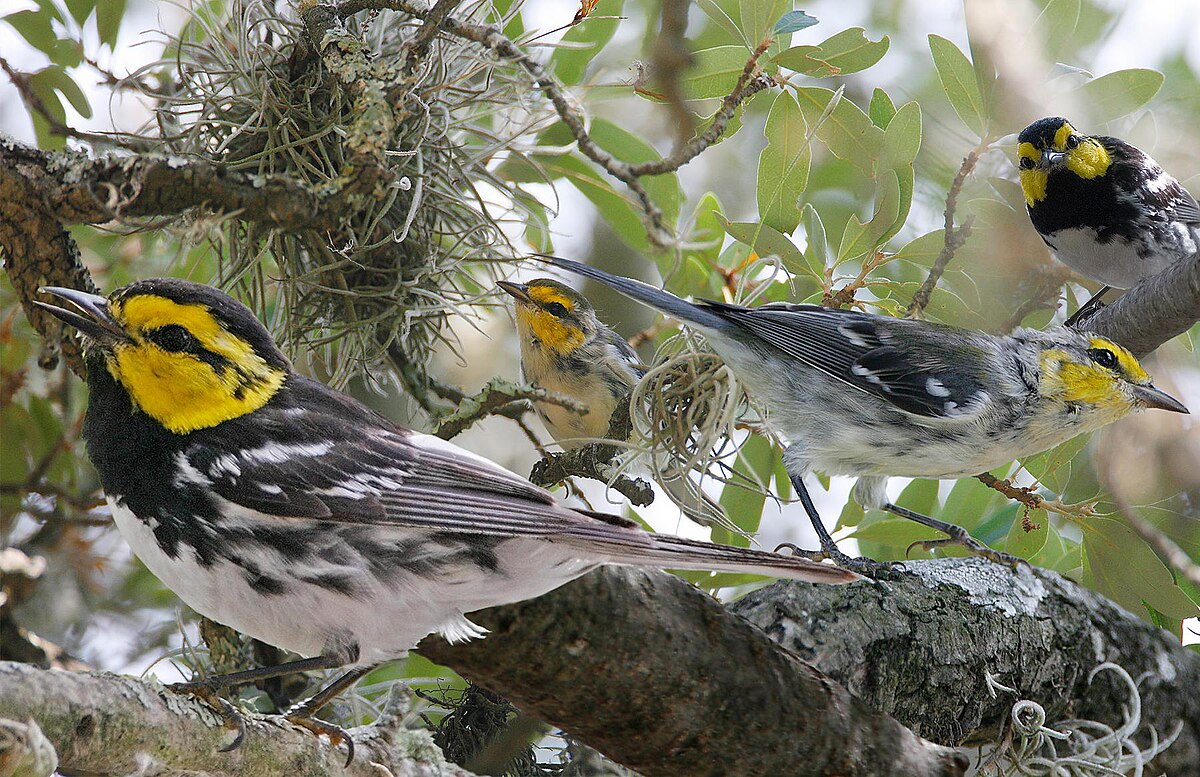
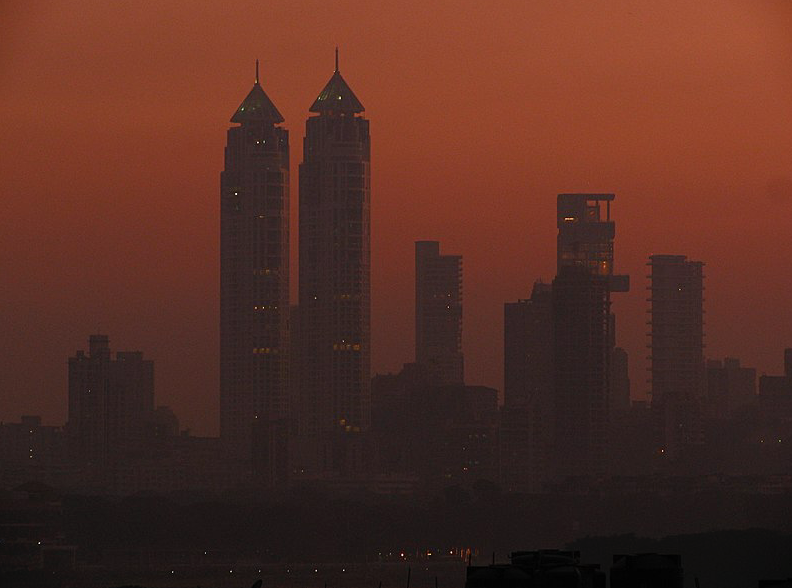
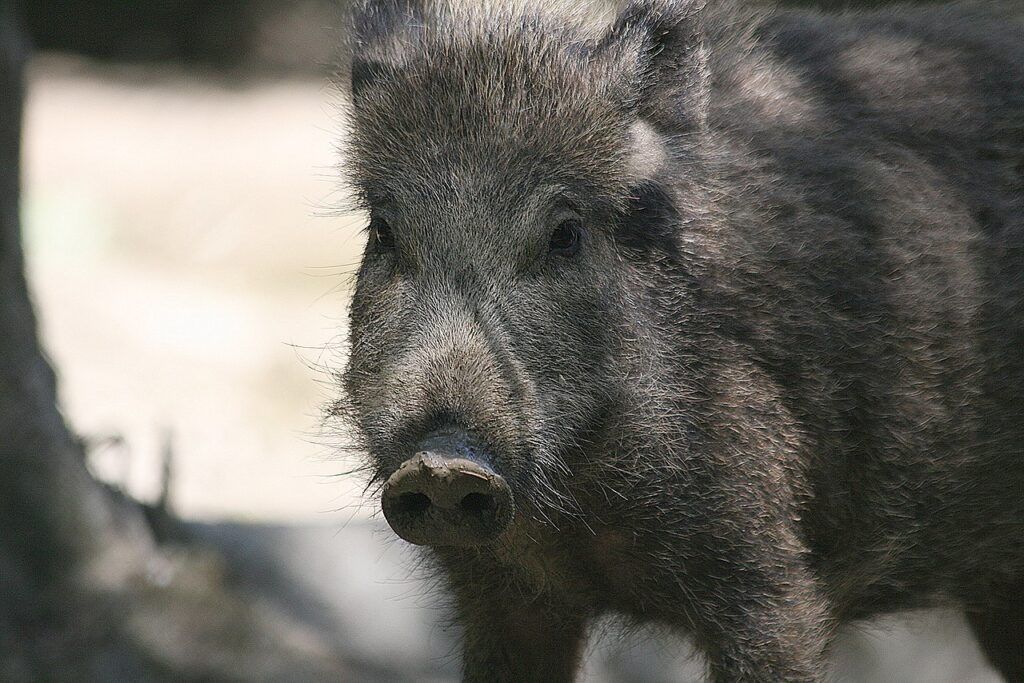
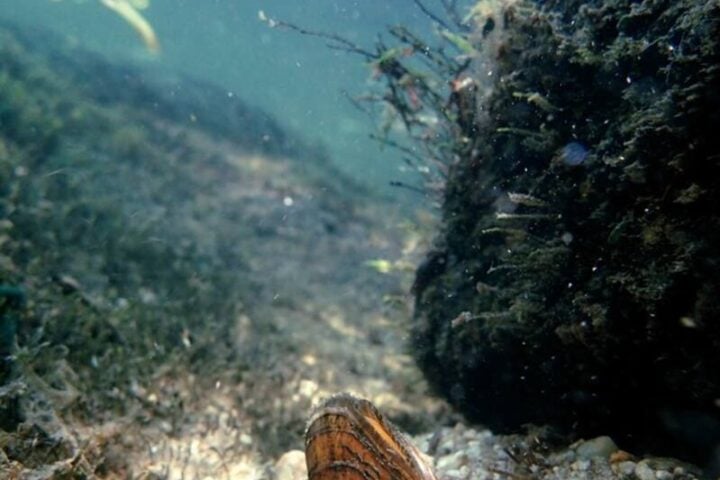
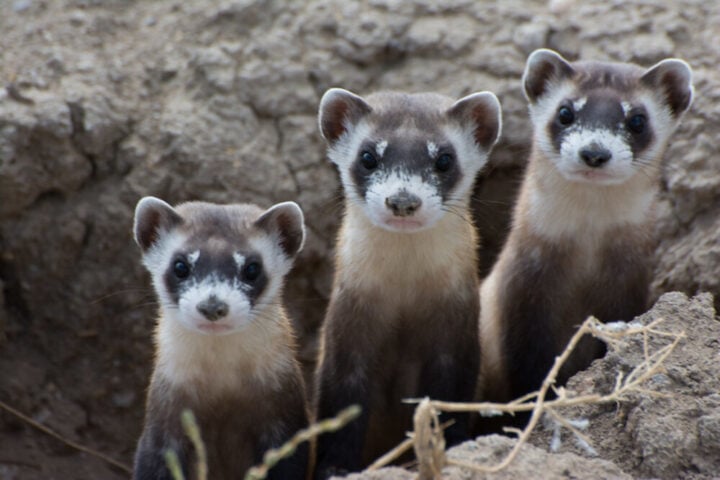
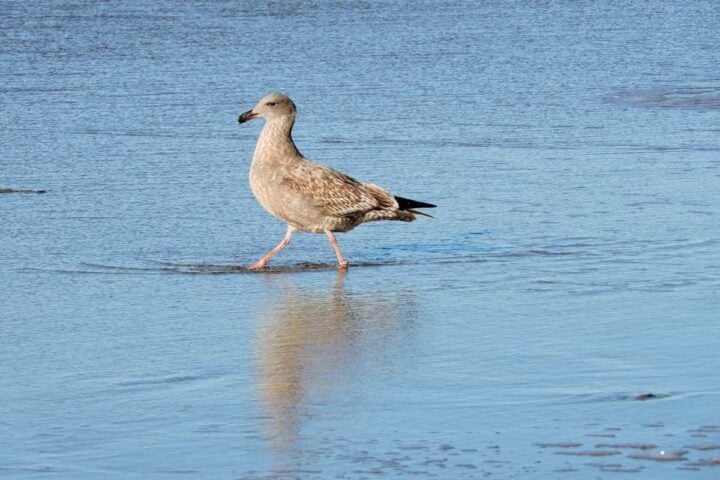
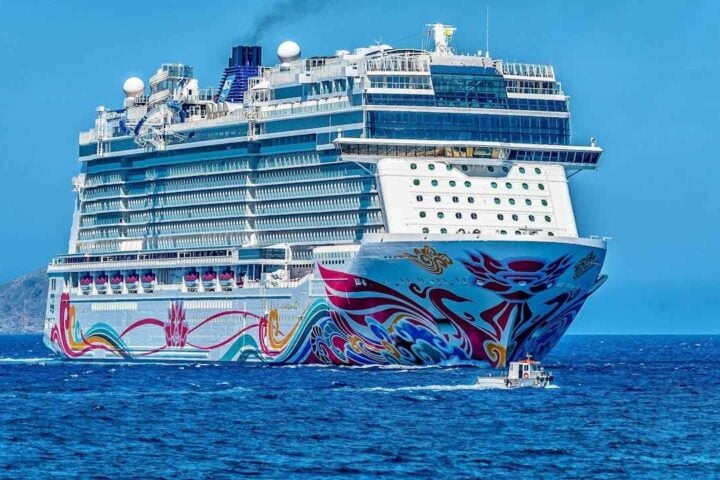
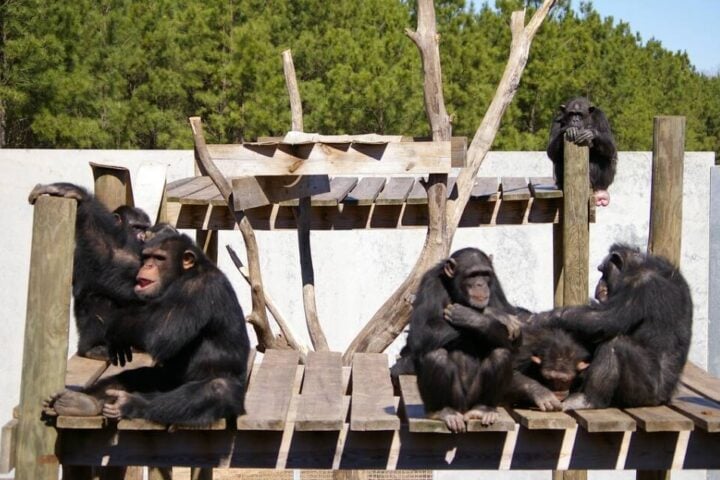


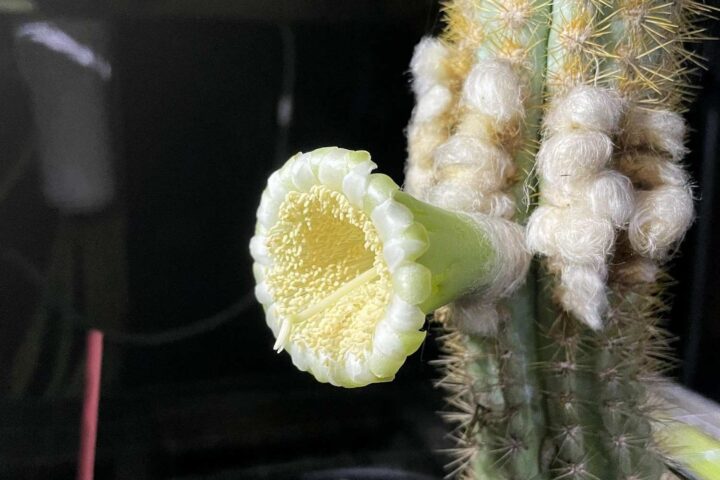
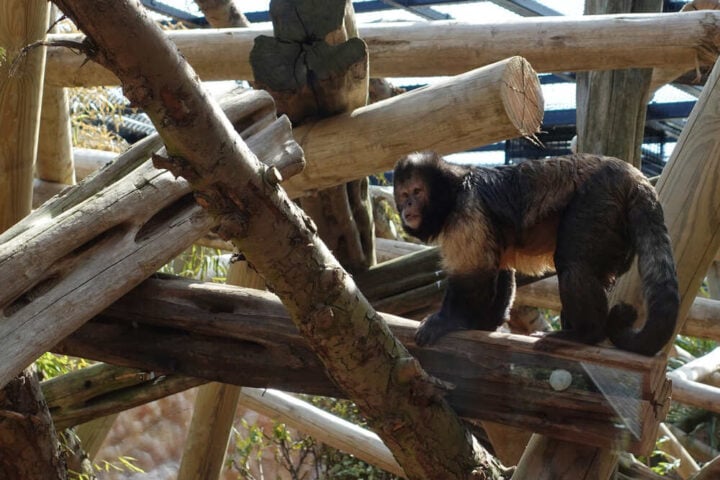


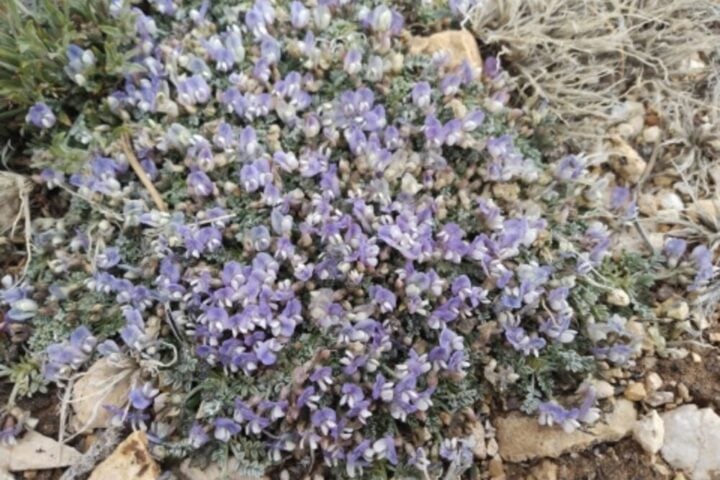
![Representative Image: European Starling [49/366]. Photo Source: Tim Sackton (CC BY-SA 2.0)](https://www.karmactive.com/wp-content/uploads/2025/04/Starlings-Drop-82-in-UK-Gardens-as-Birdwatch-2025-Reveals-Record-Low-Count-Since-1979-720x480.jpg)

